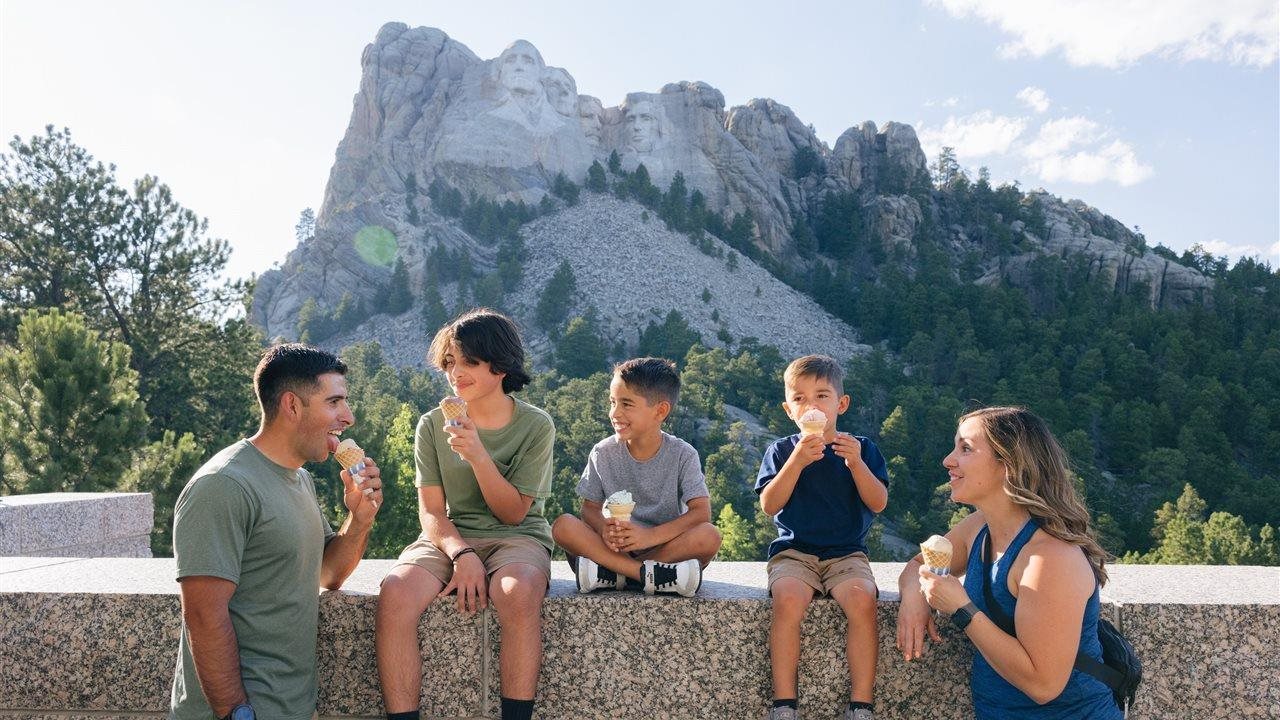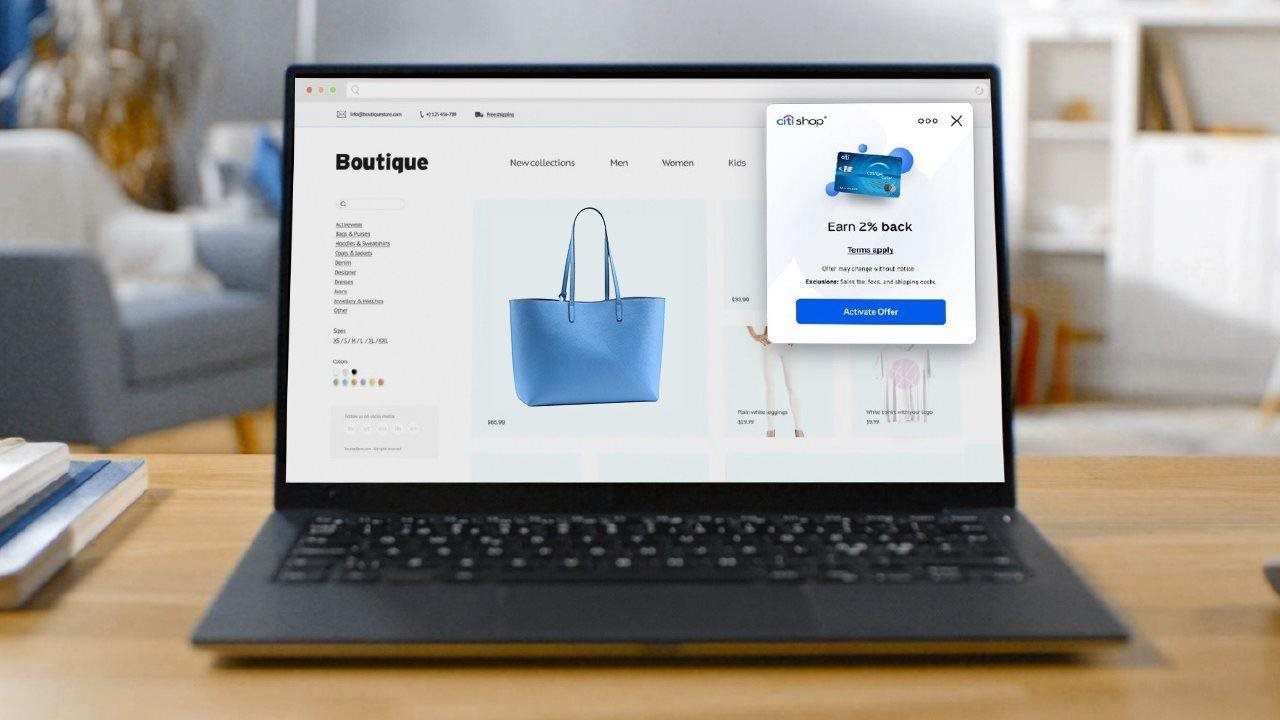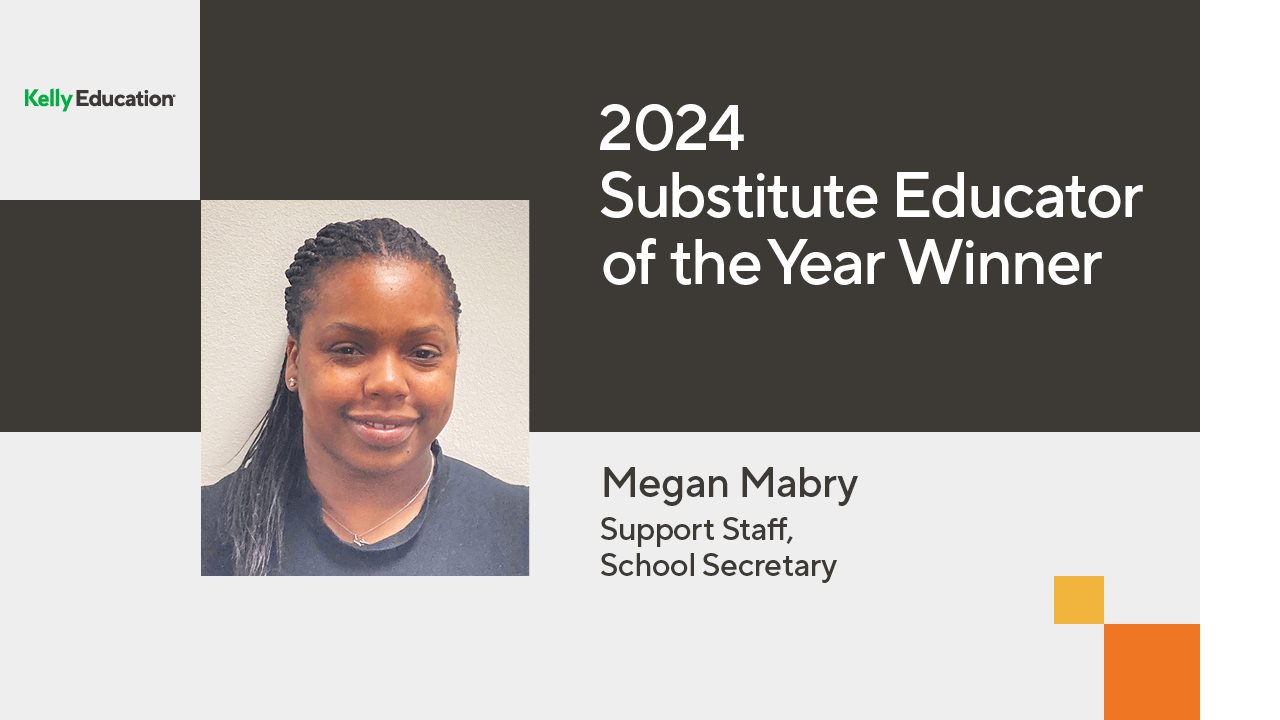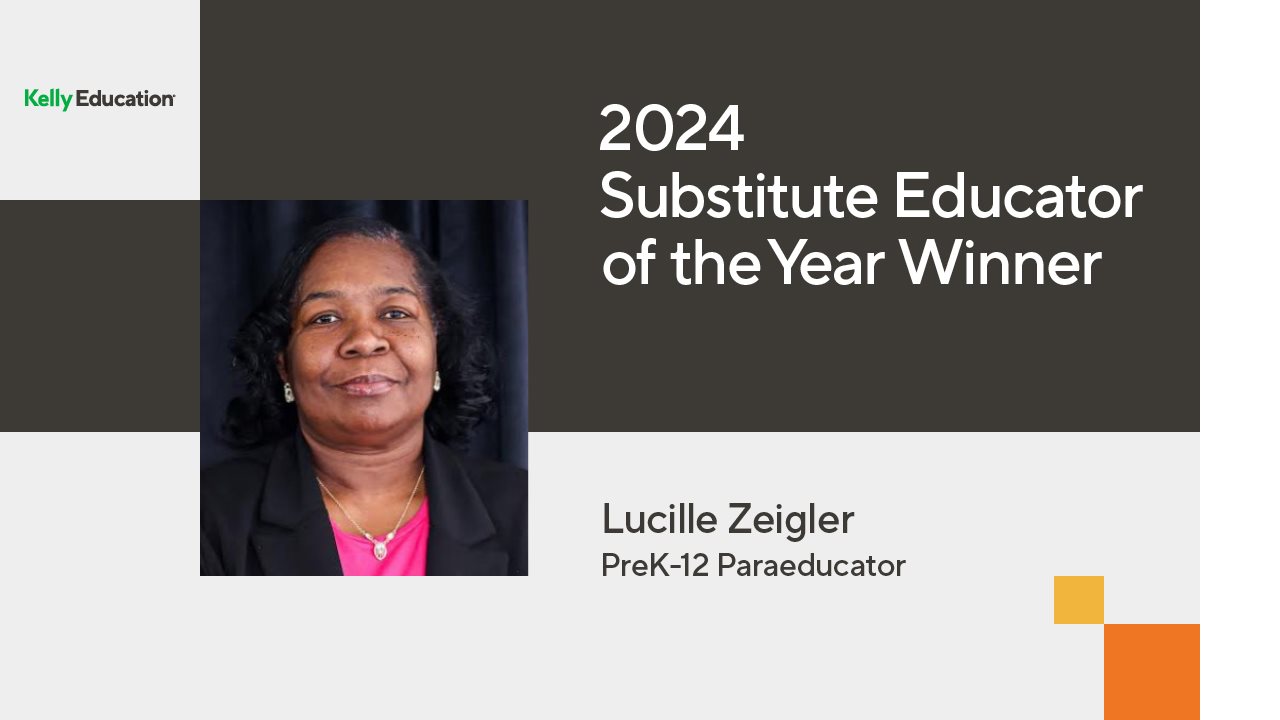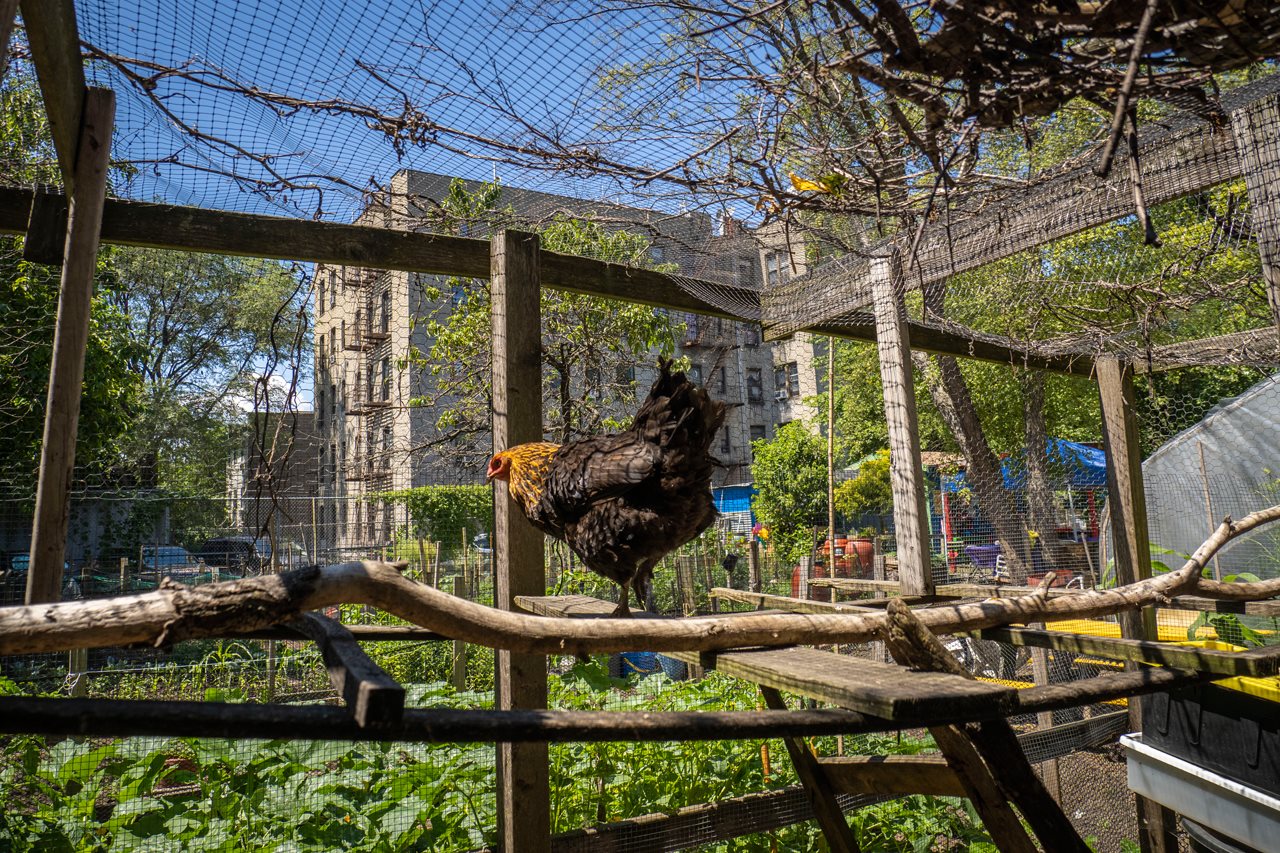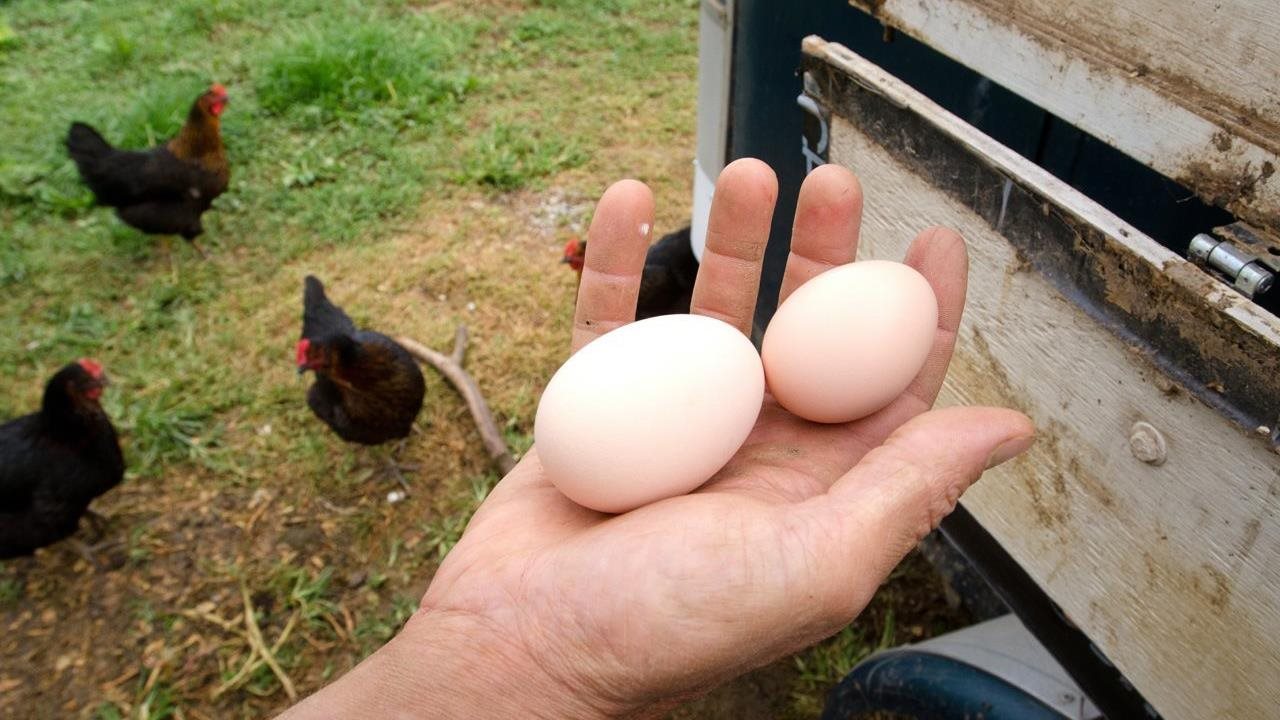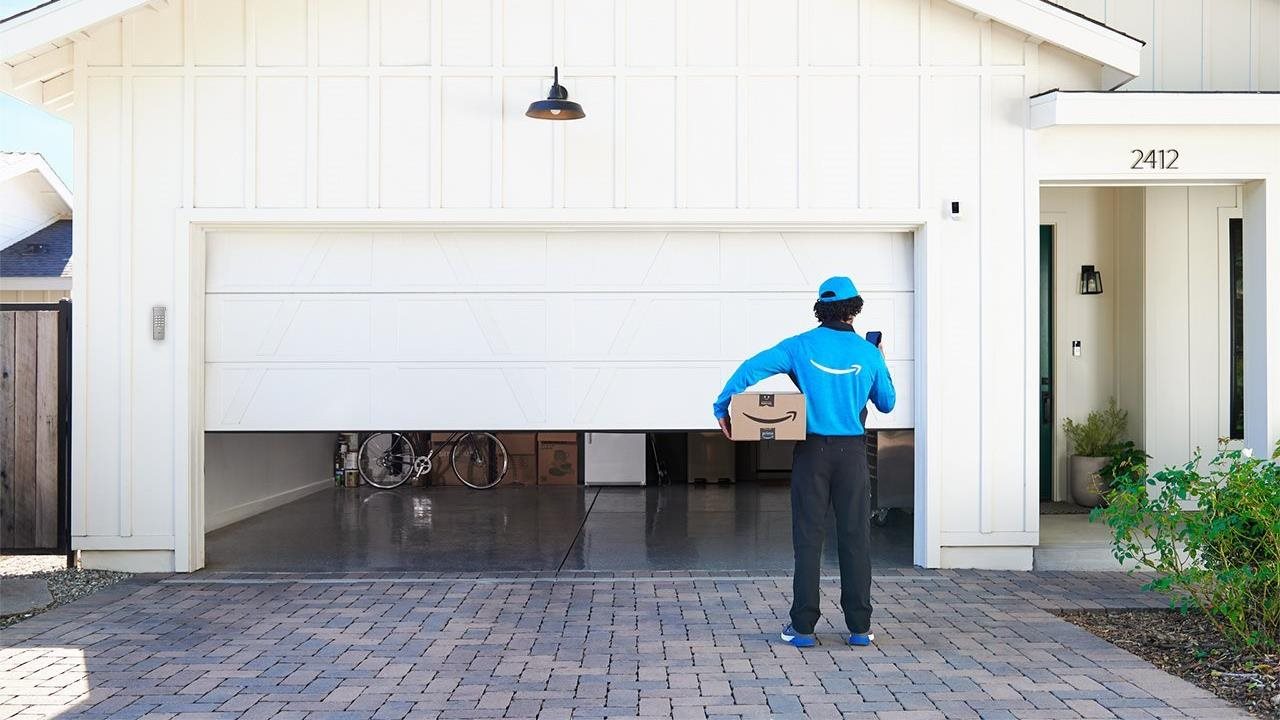2024-05-06T09:01:00
(BPT) – There are certain places you come across that seem to be quintessentially Americana, like apple pie and ice cream, fireworks and the Fourth of July and college football. A destination that seamlessly captures the best of America — Rapid City, South Dakota.
Located in western South Dakota and the gateway to the Black Hills, Rapid City is a top destination for all ages with well-known experiences like Mount Rushmore, Crazy Horse Memorial®, Custer State Park, Badlands National Park and more. And while these are all worthy attractions, that’s just scratching the surface of this place.
This summer, plan to discover the unexpected. From diving into history to meeting reptiles, here are seven ways to experience the heart of the country on your vacation to Rapid City.
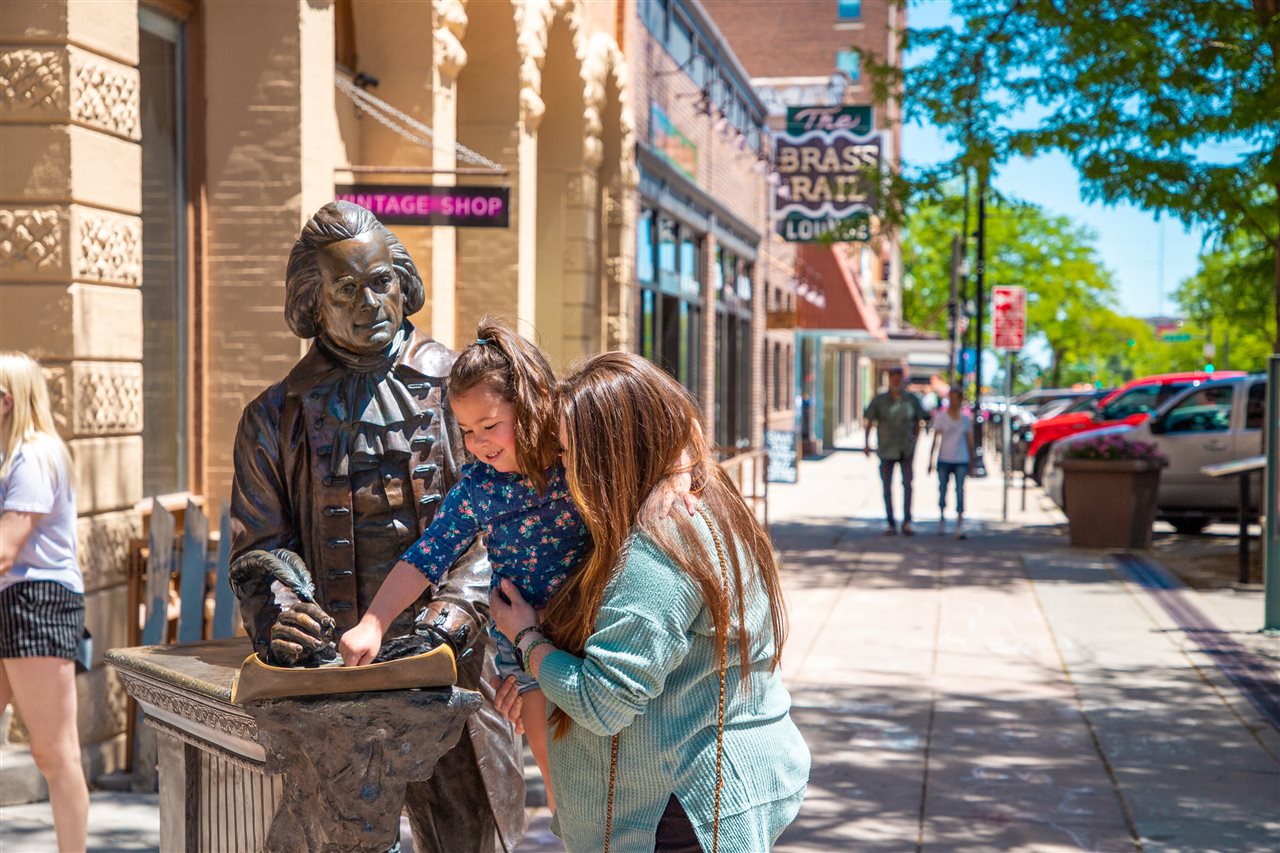
1. See where presidents live on. One of the most walkable downtowns in the Midwest, Rapid City’s urban core begs to be explored. It’s home to locally owned shops, restaurants, theaters, breweries and more, each contributing to the area’s vibrant energy. A few places to put on a must-visit list: Dakota Drum Company, Prairie Edge Trading Company, Art Alley and Tinder Box. Downtown is also where life-sized versions of 43 past presidents are located. New for 2024, bring the presidents to life with Visit Rapid City’s audio tour. Time it right and catch an event — or cool off in the splash pad — at Main Street Square.
Insider tip: For an overview of Rapid City, hop onboard the 90-minute trolley tour. Tours are available all summer long.
2. Walk through history. 2024 is the 150th anniversary of the Black Hills Gold Rush, which played a key role in establishing modern-day Rapid City. Experience gold rush history at the Journey Museum & Learning Center, Mt. Rushmore Black Hills Gold Factory, Hay Camp Brewing Company, Black Hills Caverns and aboard the 1880 Train, where passengers cruise past the remnants of old mines. Rapid City is located on the traditional lands of the Lakota and Dakota nations (among others), and visitors are encouraged to learn more about the country’s First Nations on guided tours or by visiting Crazy Horse Memorial® and its on-site Indian Museum of North America®.
3. Granite icons + the oldest ice cream recipe in America. No visit to Rapid City is complete without visiting Mount Rushmore National Memorial. Located less than 20 minutes away from Rapid, Mount Rushmore has an immersive visitor center, Avenue of Flags and on-site trails. The first ice cream recipe in America — courtesy of Thomas Jefferson’s recipe box — can also be found at Carver’s Café, which is located at the national memorial.
4. Dinosaur Park. Originally built to bring traffic to Rapid City from Mount Rushmore, Dinosaur Park has been welcoming visitors since 1936. With sweeping views of Rapid and the Black Hills, Dinosaur Park recently underwent renovations and is welcoming visitors with new accessible trails and pedestrian routes, site interpretation and more. The attraction is back open to the public on May 1.

5. Family-friendly fun. Rapid City is for the kids, in lots of different ways. From visiting bears to rushing down waterslides at WaTiki® Indoor Waterpark Resort (South Dakota’s largest indoor waterpark), this is a city they will love. Kid-approved fun can be found at Reptile Gardens, Bear Country USA and Storybook Island, a magical park filled with storybook characters. Additional highlights include Chapel in the Hills, Fort Hays and Old MacDonald’s Farm.
6. Dig into bison, beer and ramen. Much like America is a melting pot of many cultures and lineages, Rapid City is a melting pot of food, with made-right-here brews, locally raised beef and bison and more making their way onto a bevy of menus throughout town. Find traditional American breakfast items at Tally’s Silver Spoon in downtown, bite into a bison steak at Dakota Steakhouse, savor fresh-made pasta at Sabatino’s Italian Ristorante, enjoy farm-to-table dishes at Diamond E Collective and relish over ramen and bison buns at Bokujo Ramen.
Insider tip: Spend some time sipping South Dakota’s flavors and craft cocktails at Windsor Block Bar or Firehouse Brewing Company (the oldest brewery in the state).

7. Road trip, South Dakota style. From the Black Hills to the Badlands, this region was made for road tripping. Using Rapid City as home base, it’s easy to explore western South Dakota. Cruise Needles Highway and see bison in Custer State Park. Tour Badlands National Park’s northern and southern units. Take a drive through Spearfish Canyon and stroll the cobblestone streets of Deadwood.
